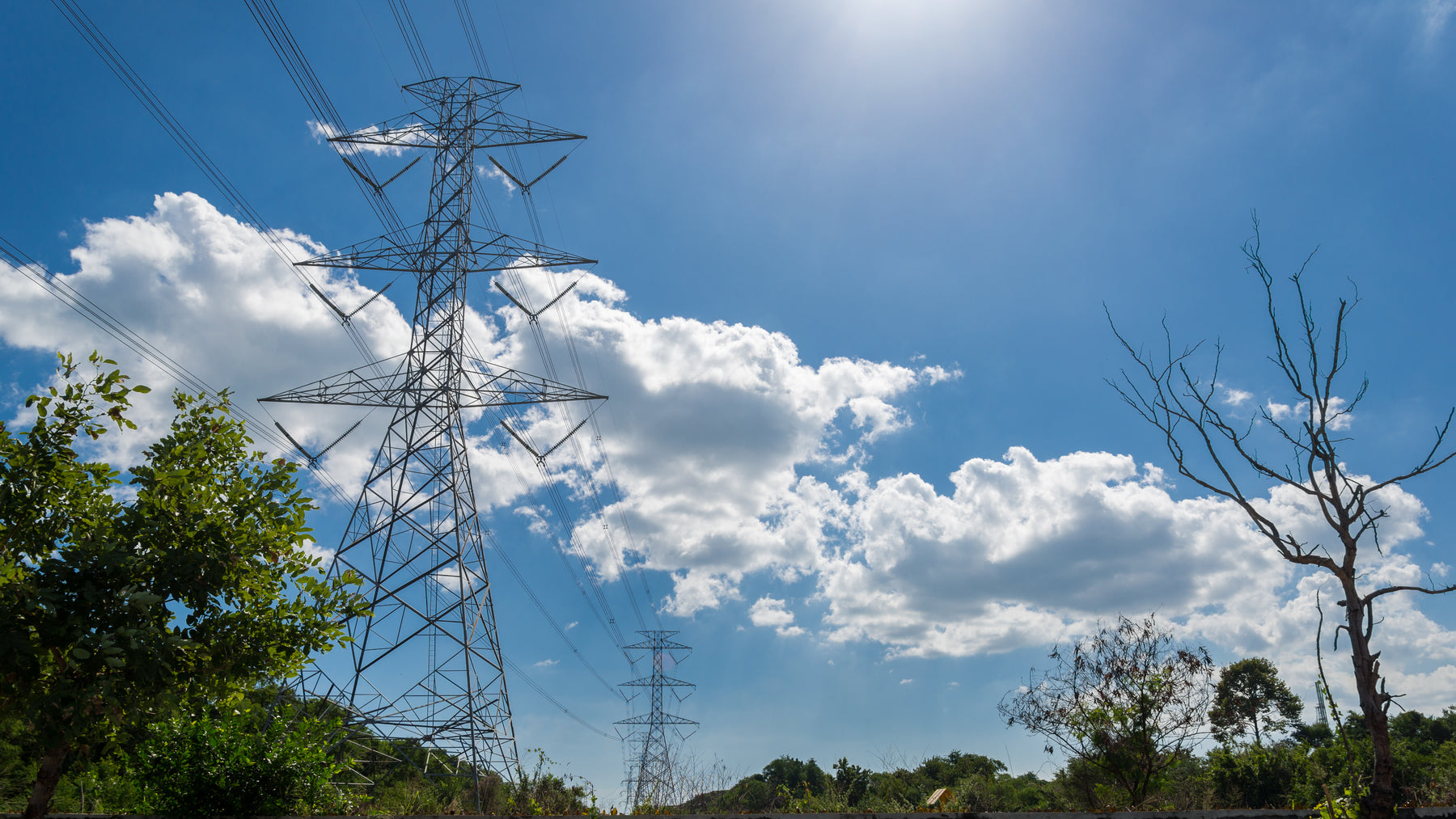
Choosing the Right Power Source: Temporary and Permanent Power
In our fast-paced world, it’s important that your power source works as hard as you do. Whether you’re preparing to hold a concert in a remote location or looking to power a construction project in a major city, temporary and permanent power sources play different yet equally important roles.
In a nutshell, the distinction between temporary versus permanent power depends on several factors such as your location, the duration of your project, and your operation’s power requirements. In this article, we’ll guide you through your options and empower you to make informed decisions while choosing between temporary and permanent power sources. We’ll take some time to explore the benefits and drawbacks of each, plus highlight situations where one power source may be a better fit than the other.
Demystifying Temporary and Permanent Power Sources
No matter your industry, we all rely on electricity to power our operations - and everyday lives. To break it down simply, permanent power can be described as a long-term electrical supply that is built into the infrastructure of a building or location. This type of power is typically established through permanent wiring and connections to the electrical grid.
However, temporary power sources are great for times when you’re working in areas that don’t have access to permanent power hookups and require a power source independent of the electrical grid. Since temporary power systems are quick to set up and can easily be scaled using equipment such as power distribution units and cable assemblies, they’re an excellent choice for short-term projects and times when you want to temporarily expand your electrical setup's reach.
But here’s the twist: even if your project has access to a permanent power source, temporary power gear can still come in handy. That’s because temporary power can also be used to provide you with a steady stream of electricity when your permanent power source gets interrupted during power outages, repairs, or routine maintenance.
Permanent Power
If we’re talking about how temporary and permanent power can be used for various applications, permanent power is a good choice for projects that require a large supply of power and are in a location that has access to the utility grid. It’s typically used as a main source of power for residential complexes, restaurants, and even commercial factories that require a substantial amount of electricity.
Pros
We can all agree that the electrical grid is a marvel of modern engineering and the cornerstone of our society. It provides us with the power that keeps our homes, businesses, and essential services running smoothly. Because of this, engineers have spent decades perfecting the grid’s extensive infrastructure.
At its core, the electrical grid consists of a network of transmission lines, substations, transformers, and distribution lines that work together to deliver electricity from power plants to end-users. This interconnected system is designed to keep up with our growing demands while distributing electricity across vast distances, providing you with the output necessary to power your appliances.
Cons
Despite its well-established infrastructure, the electrical grid is not immune to power outages. It relies on centralized electrical generation to power large geographic areas, which is risky in times of emergency. In addition, much of the grid’s infrastructure is aging, causing it to become less reliable and more prone to outages.

Temporary Power
As we briefly touched on, temporary power sources can be used to provide power in locations with no hookup to the utility grid and as a risk-management strategy to keep you powered during a blackout. Temporary, or portable power systems, rely on equipment such as a gas or diesel generator, UPS (Uninterrupted Power Supply System), or fuel cells to generate power. Once the electricity has been generated by the power source, it is fed through a series of power distribution equipment before reaching your desired location.
Pros
When comparing temporary and permanent power, portable power proves itself to be the most versatile. When the power goes out, temporary power systems use either a manual or automatic transfer switch to swap your system from utility to backup power. An ATS includes special sensors that will automatically switch your power sources, which is perfect for times when you want to ensure a 24/7 stream of electricity. On the other hand, an MTS requires you to step outside and pull a lever that will switch your system over.

If you’re looking for a quick and easy power supply, you can use lightweight equipment such as Spider Boxes and Locking Cables to quickly set up and access the electricity you need. Because of its convenience, temporary power is used in a wide range of industries such as events centers, outdoor sporting stadiums, data centers, mobile hospitals, and construction projects.
Cons
Not all portable power equipment is created equally, and the difference in quality can make or break an entire project. Low quality equipment quickly surrenders to wear and tear, causing you to frequently replace your equipment. On top of hurting your wallet, broken equipment can cause downtime and decreased productivity.
By investing in high-quality equipment, you can feel confident knowing that your power solutions are built to stand the test of time. Whether you’re looking for ultra-flexible Type W generator cables, quick connecting electrical safety switches with camlocks, or even RV shore power gear, we have plenty of options available to best suit your needs.
As an added perk, you can enjoy free shipping on select online orders that are shipped within the continental US! If you have any questions about our collection of power solutions, please contact us using the live chat found on the bottom right hand of this page to instantly connect with one of our experienced team members.

 CALL OR TEXT NOW 800-597-9311
CALL OR TEXT NOW 800-597-9311
Leave a comment